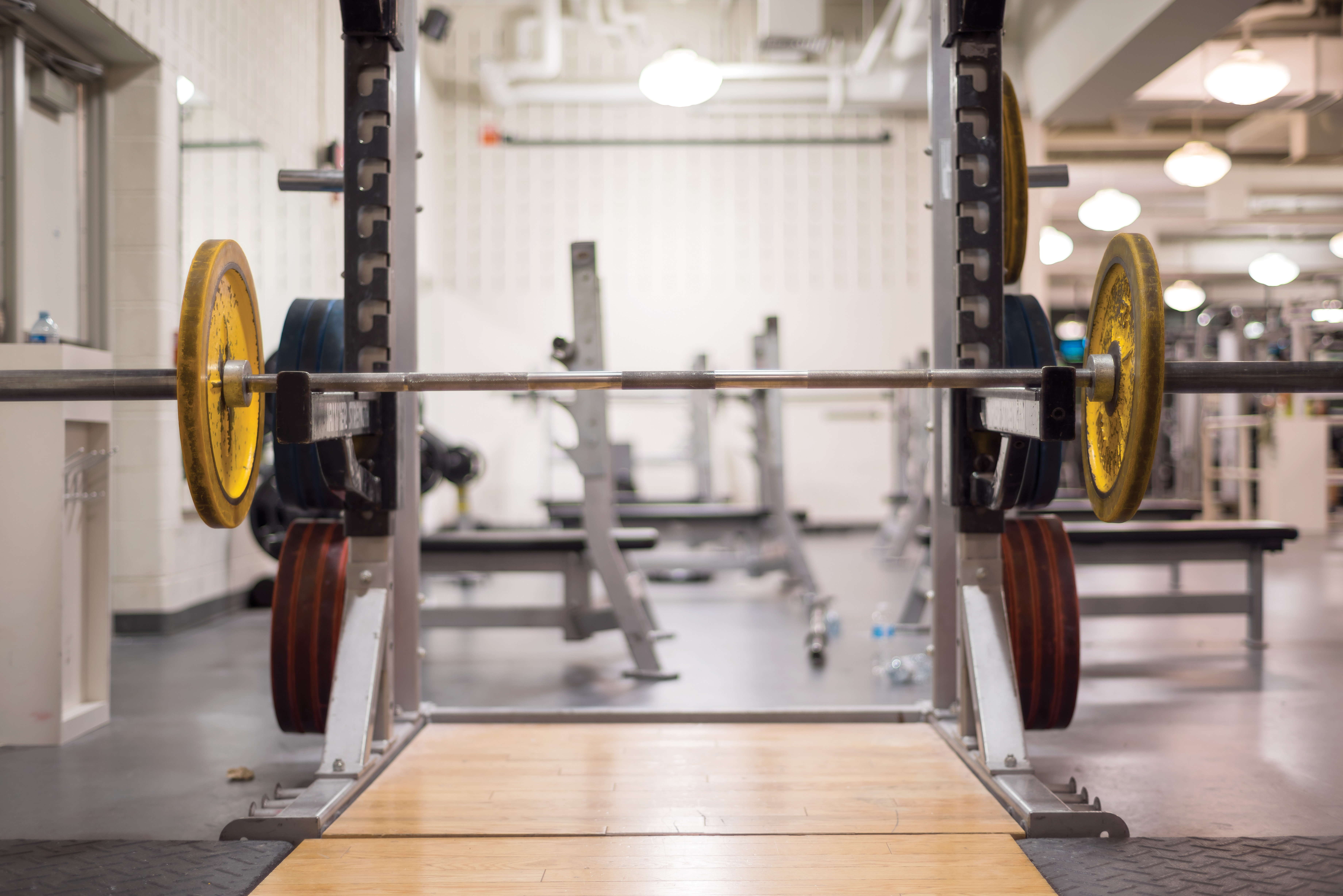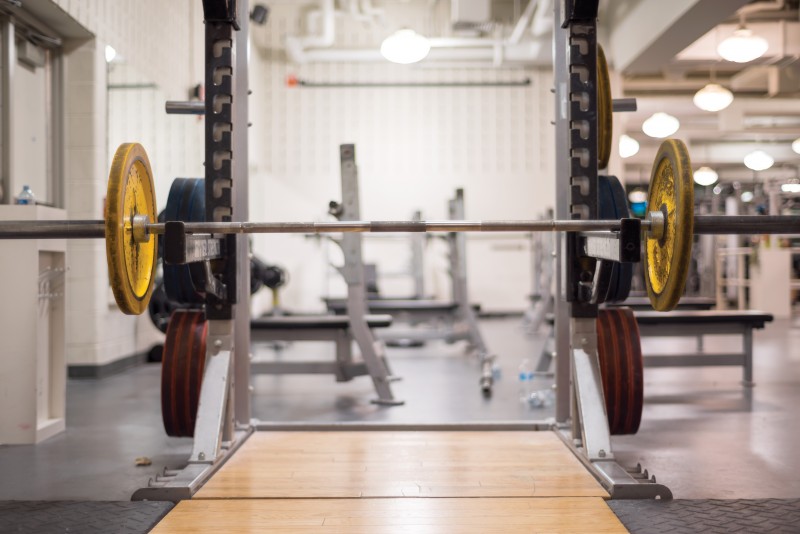Playing after the final whistle

A look at training for Laurier’s varsity teams in the offseason

For the Wilfrid Laurier Golden Hawks’ varsity teams, the season doesn’t end after the final whistle. For most fall teams, it’s just an extension of the next regular season.
The offseason doesn’t mean a break from sports to focus on schoolwork, but a means to get back into the gym and continue training. Faulds said the situation for football is a little different in accordance to other sports in the Canadian Interuniversity Sport conference in that they are only allowed to have 20 practices during the offseason.
“During the season we spend a lot of time in the practice room and a little bit of time in the weight room, versus the offseason where it switches — you spend most of your time in the weight room working on strength, speed, power, endurance,” Faulds explained.
“We have our early morning workouts. It’s only 8 a.m. right now but all 100 of our players have been through their workout in the gym.”
Faulds said athletes are in the gym five days a week and then every Friday from January to the beginning of March they practice — giving the Hawks half of their 20 practices. Coaching staff are with the players every step of the way, helping them in the gym, training them.
“We have all of that given to them. We don’t send them to the gym themselves — we have a strength coach, many members of our coaching staff that are there every single lift. They are by no means on their own,” Faulds said.
Like football, Ian McLeod, head coach of the men’s rugby team, uses the offseason to have his athletes concentrate on the core skills and putting the systems and velocities in play, such as tackle and running line. Much like football, the men’s rugby team go to the gym once a week, but they maintain a rugby-specific strength and conditioning program built by Alena Luciani, the strength and conditioning coach, over the course of the winter. The offseason gives the team a chance to work on the technical skills of each player.
“They’re given a rugby-specific program from Alena, and they’ll follow through on that and I will get updated on that through the course of the winter, and then as far as the team gets together in the gym, three weeks out of four from the months of January all the way until the end of April,” McLeod said.
McLeod said at the moment, it’s the onus of the Hawks to train strength and cardio on their own. The athletes have to make sure they are in the best shape that they can be. As far as the involvement of McLeod and the coaching staff, they focus on strength and conditioning and working on the core skills that they would during the season. McLeod also gives the Hawks another program that targets specific skills he feels athletes need to work on over the offseason as he moves towards making his workout regime a 12-month program.
“There’s an expectation that they’ll meet those requirements if they expect to be playing for us next year,” McLeod explained. “We want to make sure that we’re the best we can be.”
Head coach Mario Halapir of the men’s soccer team makes sure the boys train in the gym once a week, but the onus is on the athlete to train during the offseason. Halapir said the team focuses on technical skills and getting on the ball in January. When February rolls around, Halapair gives the Hawks a specific program to follow, but brings the focus onto specific techniques for now.
“The boys are training in the gym right now, a couple times in the morning. We’re trying to see if we can get on turf as well,” he said. “I’d really like to get them on the turf so we can do some functional training.”
That being said, the biggest challenge Halapir faces during the offseason is finding time to practice these technical skills on the turf. Halapir said that every facility — including the one he trains his other teams at — is booked between 3 or 4 p.m. to 10 p.m., and it’s important to find a consistent time because some of the athletes travel to Waterloo from out of town. Halapir also stressed the importance of time on the turf because it gives him a snapshot of how potential new recruits play on the field. Seeing recruits on the turf allows Halapir to see their progression on the field before he makes any sort of commitment in terms of scholarship dollars.
That being said, Halapir stressed athletes should be training with the ball, and wants to recreate the structure for athletes to train.
“They should be on the ball as much as possible,” Halapir said.

